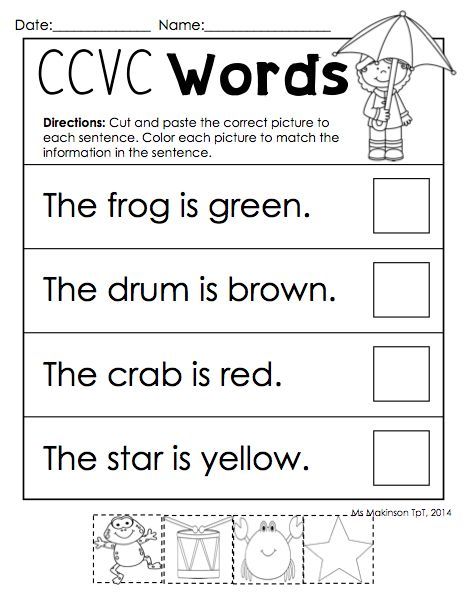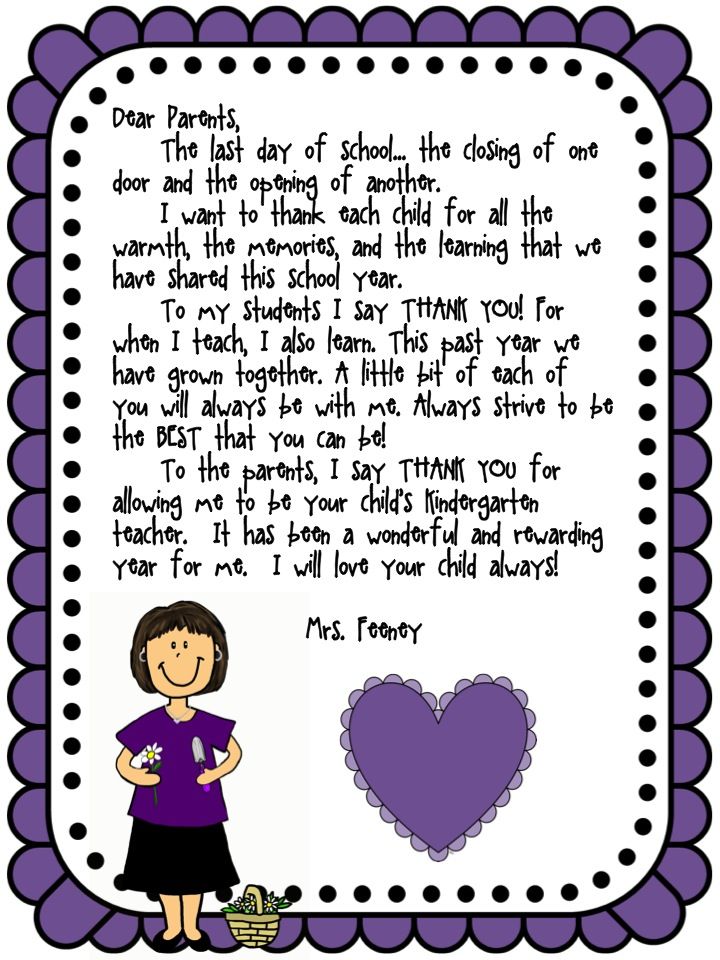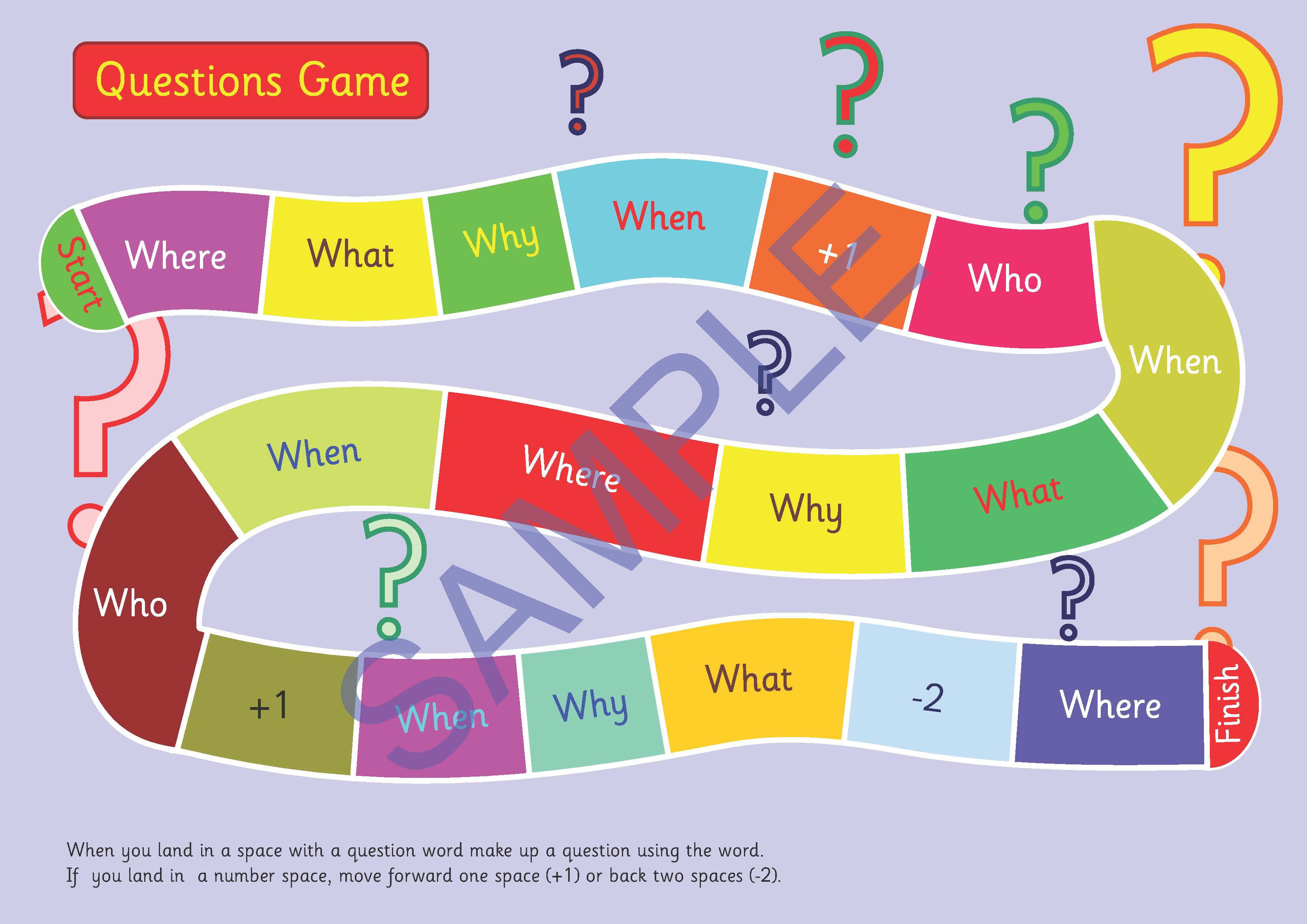Popular kid stories
Classic Short Stories for Kids
This is a collection of famous classical short stories for kids that are available online. We have selected a variety of stories from different authors. The links go directly to the stories where they can be read online. You might also be interested in the poems for kids page.
- "The Lion and the Mouse" by Aesop
The Lion and the Mouse is a classic Aesop fable. A lion generously spares a mouse it was about to kill. The mouse promise to repay the lion some day. - "The Three Little Pigs" by Unknown
This fairy tale originates in England. Three pigs build homes but only one builds a home strong enough to withstand wolf attacks. - "Hansel and Gretel" by Brothers Grimm
"Hansel and Gretel" is a classic fairy tale about two abandoned children who encounter a witch in the forest. The witch lures the children in to her home with delicious food but she really intends to eat them. - "The Princess and the Pea" by Hans Christian Andersen
This fairy tale from by Hans Christian Andersen tells the story of a special test that can identify a real princess. The sensitivity test involves placing a pea underneath a stack of mattresses. - "The Ants and the Grasshopper" by Aesop
This classic Aesop fable is set in late fall. It follows a group of hardworking ants drying out the grain they had stored during the summer. They encounter a grasshopper who foolishly failed to store any food for the winter. - "How the Camel Got His Hump" by Rudyard Kipling
This tale from Rudyard Kipling's Just So Stories tells how the camel, fond of saying "Humph!", got his hump from an encounter with a djinn. - "A Kidnapped Santa Claus" by L. Frank Baum
The Land of Oz creator L. Frank Baum wrote this story about deamons that kidnap Santa Claus. Fortunately, Santa Claus has some help completing his toy deliveries. - "The Snow Image" by Nathaniel Hawthorne
A brother and sister make a snow girl that comes to life - a snow sister.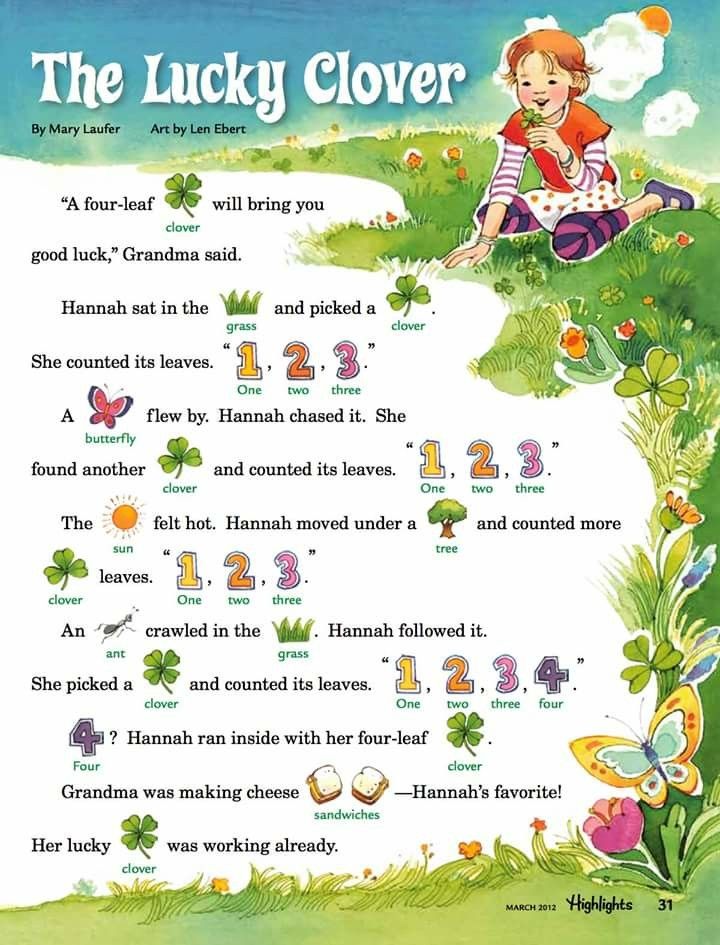 She is so lifelike that their father insists on bringing the snow girl inside, which is a mistake.
She is so lifelike that their father insists on bringing the snow girl inside, which is a mistake. - "The Celebrated Jumping Frog of Calaveras County" by Mark Twain
Mark Twain wrote this short story in 1865. It was included in a short story collection. The story covers jumping frogs, cheating and betting. - "The Frog Prince" by Brothers Grimm
This classic Grimm fairy tale follows the story of a talking frog and a spoiled princess. - "The Reluctant Dragon" by Kenneth Grahame.
This tale tells the story of a boy who befriends a dragon. The dragon is discovered by the townspeople who send for St. George to slay it. The story was published in Grahame's Dream Days book. - "The Remarkable Rocket" by Oscar Wilde
This humorous short story tells the tale of an arrogant and boisterous rocket. The rocket thinks he is remarkable and better than all the other fireworks. - "The Bundle of Sticks" by Aesop
There are no animals in this Aesop fable.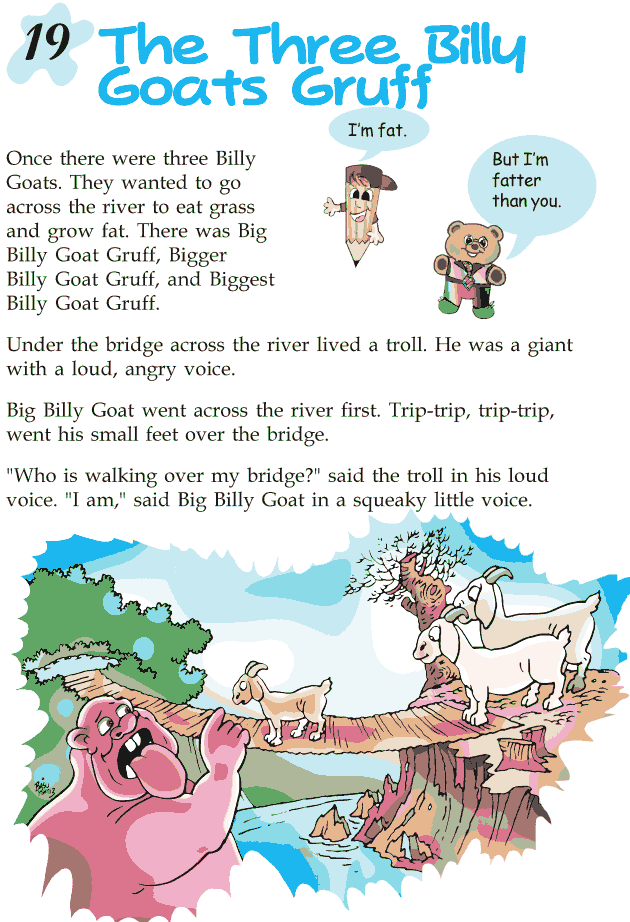 A father uses the concept of a bundle of sticks to teach the importance of unity and working together to his young sons.
A father uses the concept of a bundle of sticks to teach the importance of unity and working together to his young sons. - "The Elves and the Shoemaker" by Brothers Grimm
This fairy tale tells the story of a group of little elves that help a cobbler make shoes. There are multiple variations and translations of the tale. - "The Kite That Went to the Moon" by Evelyn Sharp
The story is part of Evelyn Sharp's short story collection, The Other Side of the Moon. A boy makes a giant kite and his friend draws a moon and stars on it. They are embarrassed when the kite doesn't fly. - "Snow White" by Brothers Grimm
The are variations on this fairy tale that was first published in 1812. As many children already know it involves a wicked, vain stepmother queen who is jealous and envious of the King's daughter, Snow White. - "The Ugly Duckling" by Hans Christian Andersen
This is a very clever fairy tale invented by Andersen that tells the story of a little bird that does not fit in and is teased by the other birds in the barnyard.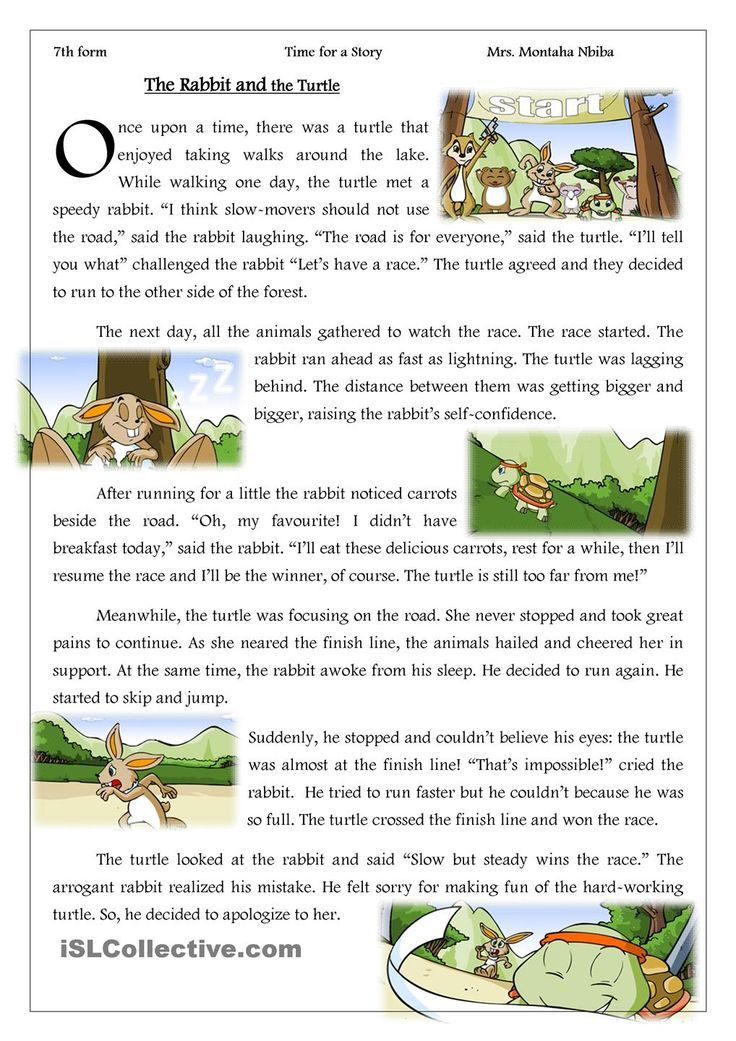
- "The Dog and His Refection" by Aesop
This Aesop fable teaches the foolishness of greed. A dog looking at his reflection in the water spies a bigger bone than the bone is carrying. - "The Bogey-Beast" by Flora Annie Steel (retold
This is an entertaining fairy tale about an optimistic poor, old woman who unknowingly encounters the Bogey-Beast when she finds a perfectly good black pot lying in a ditch.
26 Famous Children's Books You Must Add to Your Library
What makes children’s books famous is probably less about the awards they win and more about how many times children want to read them. The classic books on this list include some older and long-loved favorites as well as many newer entries that can now be considered must-reads for the younger set. There may be some famous children’s books we missed, so please share in the comments the classics in your collection!
(Just a heads up, WeAreTeachers may collect a share of sales from the links on this page.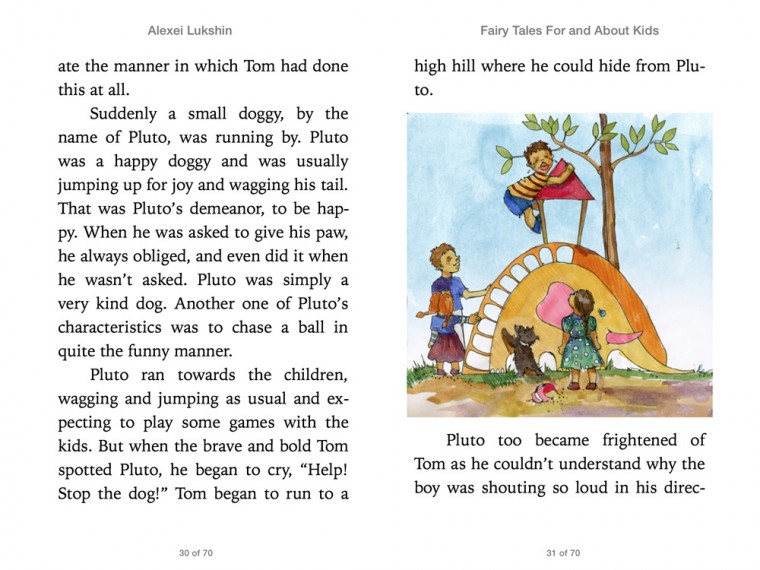 We only recommend items our team loves!)
We only recommend items our team loves!)
1. The Snowy Day by Ezra Jack Keats
Keats’ Caldecott Medal–winning book depicts the adventure and wonder of a young boy who steps out into a city made new by a blanket of snow. Readers will be unable to resist its tender magic.
Buy it: The Snowy Day on Amazon
2. Goodnight Moon by Margaret Wise Brown, illustrated by Clement Hurd
It’s likely no surprise to find this children’s classic listed here. Brown channels the simple joy of a child’s bedtime routine in a story that’s as much a quiet meditation as it is the perfect nighttime read.
Buy it: Goodnight Moon on Amazon
ADVERTISEMENT
3. Busy, Busy Town by Richard Scarry
The clever creatures of Scarry’s Busy Town—from Huckle the Cat to Lowly Worm—and the myriad details he includes in every illustration make Busy Town a place that keeps kids … well, busy, as they discover something new in every scene.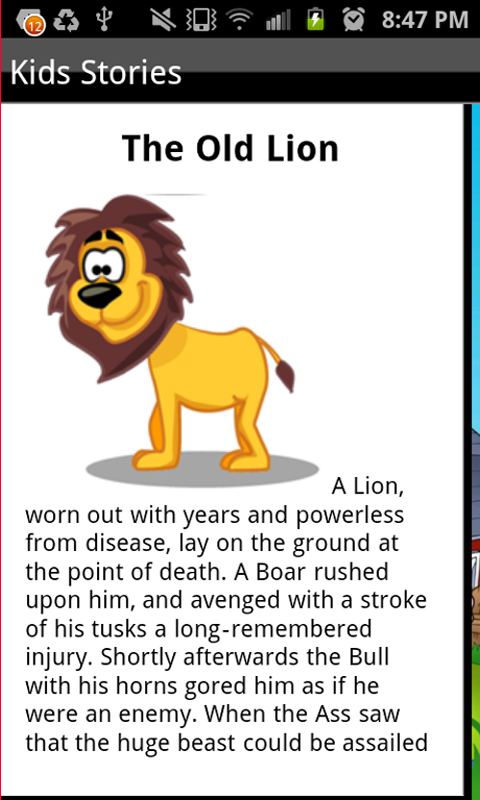
Buy it: Busy, Busy Town on Amazon
4. Jumanji by Chris Van Allsburg
Kids hooked on the latest Jumanji movies might be unaware that the adventures on screen began with a Caldecott Medal–winning—and delightful—picture book.
Buy it: Jumanji on Amazon
5. Frog and Toad Are Friends by Arnold Lobel
Sweetly funny and often quite moving, Lobel’s Frog and Toad stories appeal as they follow friends enjoying the pleasures of each other’s company.
Buy it: Frog and Toad Are Friends on Amazon
6. Yes Day! by Amy Krouse Rosenthal, illustrated by Tom Lichtenheld
Rosenthal leverages children’s ultimate question—what if they got to do whatever they’d like for a day?—in this more recent kids’ classic book.
Buy it: Yes Day! on Amazon
7. I Want My Hat Back by Jon Klassen
Klassen is one of picture books’ most well-known names, partly thanks to this excellent story. Though the simple story of a bear in search of his hat, it incorporates a sly twist at the end.
Buy it: I Want My Hat Back on Amazon
8. The Adventures of Beekle: The Unimaginary Friend by Dan Santat
Santat’s Caldecott Medal–winning story of an imaginary friend awaiting his person and the journey he takes to find that person is both funny and thought-provoking.
Buy it: The Adventures of Beekle on Amazon
9. Alexander and the Wind-Up Mouse by Leo Lionni
This book, about a real mouse who wishes he could be loved like the household toy version of him is, offers a gentle lesson in honoring our true selves. Lionni’s unique collage artwork makes this a special volume.
Buy it: Alexander and the Wind-Up Mouse on Amazon
10. Last Stop on Market Street by Matt de la Peña, illustrated by Christian Robinson
CJ and his grandma’s bus ride is more than a journey to a destination but also an education in appreciating the beauties woven throughout everyday life.
Buy it: Last Stop on Market Street on Amazon
11.
 Tar Beach by Faith Ringgold
Tar Beach by Faith RinggoldAward-winning author and artist Ringgold’s most well-known picture book blends fiction, autobiography, and Black history in a story about a young girl whose dream to go wherever her fancy takes her comes true for a night. She’s lifted from the tarred rooftop of her apartment building to see the world around her.
Buy it: Tar Beach on Amazon
12. The Day the Crayons Quit by Drew Daywalt, illustrated by Oliver Jeffers
What goes on in the community of a crayon box? The crayons let kids know in this whimsical and thoughtful epistolary picture book in which each color drafts a letter of its grievances to their owner, young Duncan.
Buy it: The Day the Crayons Quit on Amazon
13. Press Here by Hervé Tullet
Tullet’s clever picture book launched a trend toward interactive page turns. As kids flip through this set of colorful instructions, they’re asked to smush, poke, press, and shake the book that is as much an inspiration to play as it is a call to read.
Buy it: Press Here on Amazon
14. The Monster at the End of This Book by Jon Stone, illustrated by Michael Smollin
This Little Golden Book has become a mainstay in toddler libraries for its ingenuity and its suspense. As kids read, Sesame Street pal Grover begs kids not to turn the page lest they encounter a monster—but who can resist the temptation to see what (or who?) awaits at the very end?
Buy it: The Monster at the End of This Book on Amazon
15. Snappsy the Alligator (Did Not Ask To Be in This Book) by Julie Falatko, illustrated by Tim Miller
Picture books that pose a great question are must-haves, and this one has a hilarious premise that’s brilliantly executed. When Snappsy the Alligator wants to have a run-of-the-mill alligator day, an annoying narrator intrudes, suggesting he spice things up a bit.
Buy it: Snappsy the Alligator on Amazon
16. Instructions by Neil Gaiman, illustrated by Charles Vess
With allusions to fairy tales and fables, this lyrical picture book from fantasy author Gaiman is the perfect bedtime read.
Buy it: Instructions on Amazon
17. In the Night Kitchen by Maurice Sendak
Though Sendak’s best-known book is the also-classic Where the Wild Things Are, this fantastical adventure about a boy whose dreams take him to a magical and oddball kitchen of bakers taps into childhood flights of fancy.
Buy it: In the Night Kitchen on Amazon
18. Don’t Let the Pigeon Drive the Bus by Mo Willems
Willems’ characters, from Knufflebunny to Elephant and Piggie, are extremely well-known in kid circles, but the pigeon is perhaps the most like a child himself. Sometimes stubborn, often curious, always hilarious, this Pigeon tome is a must-have.
Buy it: Don’t Let the Pigeon Drive the Bus on Amazon
19. If You Give a Mouse a Cookie by Laura Numeroff, illustrated by Felicia Bond
Numeroff’s mouse asks for a cookie, but its sweet tooth sets off a chain of events that feel like spending the day with an idea-filled kid, and that’s exactly why this book and its companion volumes have endured.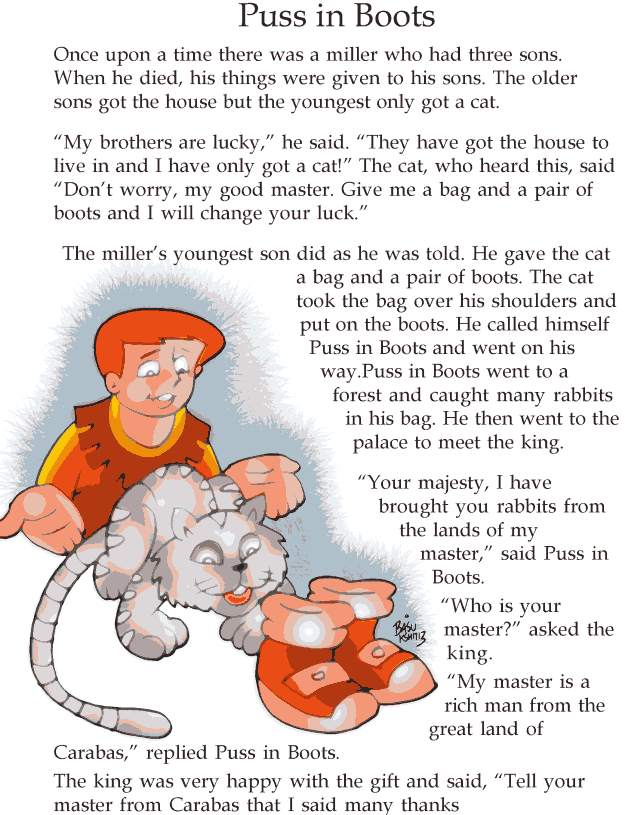
Buy it: If You Give a Mouse a Cookie on Amazon
20. The Very Quiet Cricket by Eric Carle
Everyone knows Carle’s The Very Hungry Caterpillar and Brown Bear, Brown Bear, What Do You See? and they are certainly among some of the most famous children’s books out there. The prolific children’s author-illustrator created an array of characters, each of them memorable. The quiet cricket, who can’t make a sound as he meets other insects, is one of the best. The book also makes chirping sounds that the littlest readers love.
Buy it: The Very Quiet Cricket on Amazon
21. The Lion and the Mouse by Jerry Pinkney
Aesop’s fables are an enduring childhood mainstay. Multi-award–winning artist Pinkney has adapted many of them in glorious picture-book form, and his gorgeous take on the tale of a lion and a mouse who learn that a kindness-first approach has deep value is one of his best.
Buy it: The Lion and the Mouse on Amazon
22.
 Stuck by Oliver Jeffers
Stuck by Oliver JeffersSome of the best famous children’s books take absurdity very seriously and Jeffers’ book—about a boy who tries to get his kite out of a tree by throwing a series of increasingly strange objects into the same tree (also getting them stuck)—will prompt gales of laughter.
Buy it: Stuck on Amazon
23. Go, Dog. Go! by P.D. Eastman
Dogs and cars, what more could kids want? Using only 75 different words, this energetic picture book captures toddlers’ interest before they’re ready to read, and then transitions to be the perfect beginning reader book when kids enter school.
Buy it: Go, Dog. Go! on Amazon
24. The Wolf, the Duck & the Mouse, by Mac Barnett, illustrated by Jon Klassen
This winner of the E.B. White Read-Aloud Award is another relatively new entry for this list, but it will no doubt remain on lists for years to come. When a duck and a mouse are swallowed by a wolf, they decide to make a home in his belly.
Buy it: The Wolf, the Duck & the Mouse on Amazon
25. Saint George and the Dragon retold by Margaret Hodges, illustrated by Trina Schart Hyman
Hodges’ retelling of a segment from Spenser’s The Faerie Queen, in which St. George slays the dragon that’s been terrorizing the land, has all the elements of fairy tales kids crave. And as Albert Einstein once said, “If you want your children to be intelligent, read them more fairy tales.”
Buy it: Saint George and the Dragon on Amazon
26. Alexander and the Terrible, Horrible, No Good, Very Bad Day by Judith Viorst, illustrated by Ray Cruz
While many children’s books tend toward the upbeat and sunny, the reality of being a child is that some days really do not go your way. Viorst understood this, and that’s why her Alexander and his litany of things-gone-wrong remains such a kid favorite.
Buy it: Alexander and the Terrible, Horrible, No Good, Very Bad Day on Amazon
Want more articles like this? Be sure to subscribe to our newsletters.
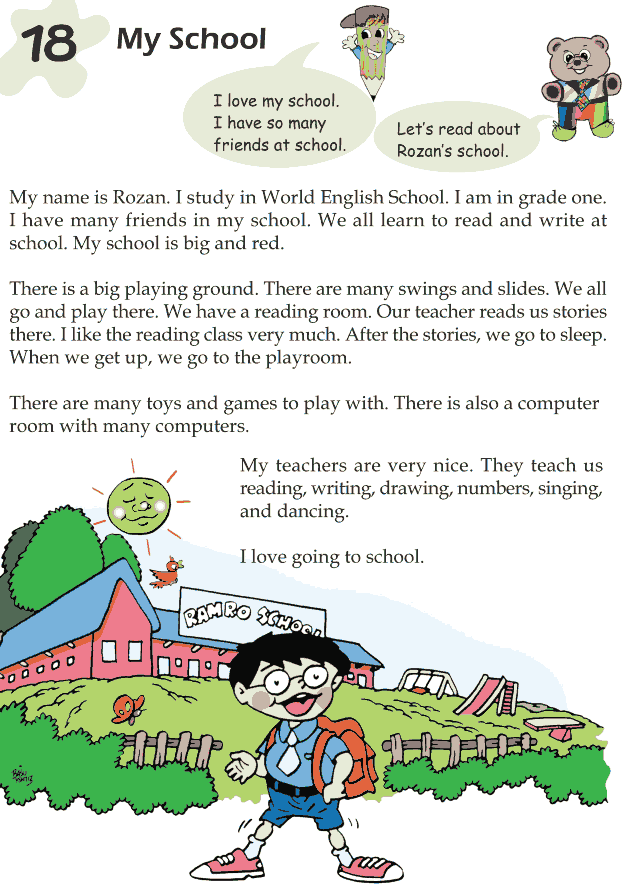
Plus, check out our list of personalized books for children!
90,000 TOP 10 children's books that everyone should read 90,001 TOP 10 children's books that everyone should readOorfene Deuce and his wooden soldiers
Photo: philologist.livejournal.com
Harry Potter
Photo: dnevniki.ykt.ru
Alice in Wonderland
Photo: vsegda-tvoj.livejournal. com
com
Moomin
Photo: en.wikipedia.org
The Chronicles of Narnia
Photo: nevsepic.com.ua
Urfin Deuce and his wooden soldiers
Photo: philologist.livejournal.com
Deniska's stories
Photo: labyrinth.ru
Oorfene Deuce and his wooden soldiers
Photo: philologist.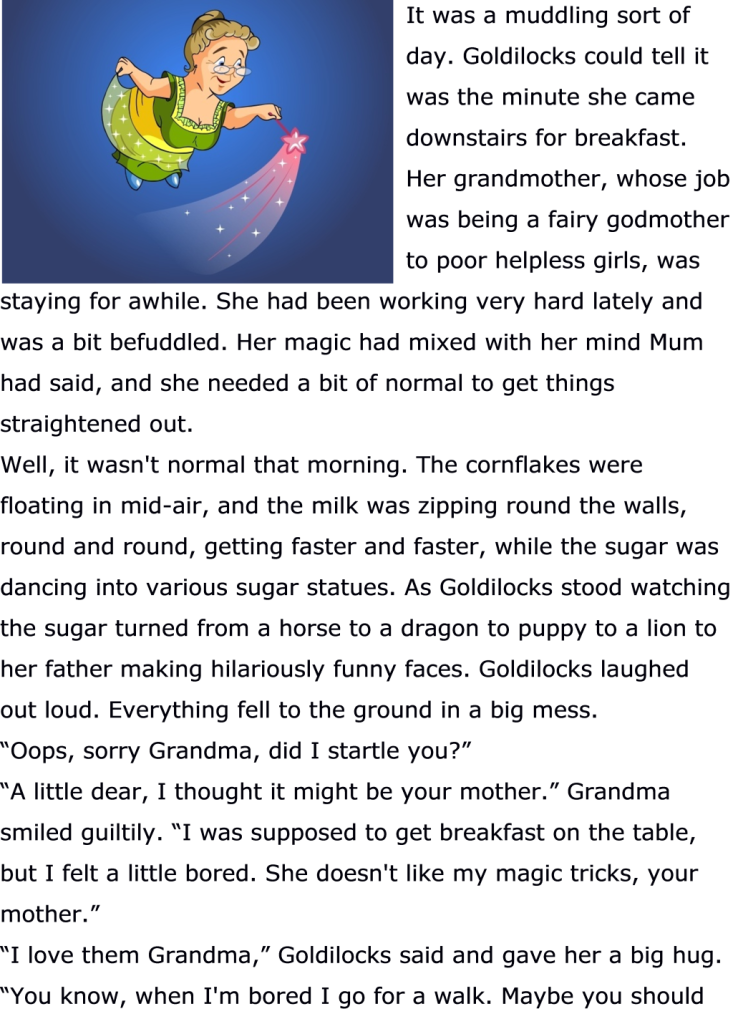 livejournal.com
livejournal.com
The Golden Key, or the Adventures of Pinocchio
Photo: lotussoft.biz
Oorfene Deuce and His Wooden Soldiers (1963)
The second book in the Magical Land series written by Alexander Volkov. If the first part, The Wizard of the Emerald City, relied on the American Layman Baum's fairy tale about the land of Oz, then the story of Oorfene and all subsequent ones are exclusively Volkov's imagination. Events unfold after the death of the sorceress Gingema. Oorfene Deuce, a carpenter and her former assistant, declares herself the successor, revives an army of hand-carved wooden soldiers, and captures the Emerald City. He is helped by a revived bear skin and a wooden clown. The familiar company will confront the villain - Ellie, the Tin Woodman, the Scarecrow and the Bold Lion. Illustrations for Volkov's books were created by the artist Leonid Vladimirsky, the girl Ellie looks like his daughter. In the spring of 2017, a full-length cartoon from the Melnitsa studio was released.
He is helped by a revived bear skin and a wooden clown. The familiar company will confront the villain - Ellie, the Tin Woodman, the Scarecrow and the Bold Lion. Illustrations for Volkov's books were created by the artist Leonid Vladimirsky, the girl Ellie looks like his daughter. In the spring of 2017, a full-length cartoon from the Melnitsa studio was released.
Alice in Wonderland (1865)
A fairy tale written by the English mathematician Charles Lutwidge Johnson (aka Lewis Carroll). Good for children and especially good if re-read as an adult: familiar adventures are overgrown with additional meanings, philosophical jokes and allusions. Still, after all, "Alice" is one of the best examples of literature in the genre of the absurd, and concurrently - the progenitor of the many-sided fantasy genre.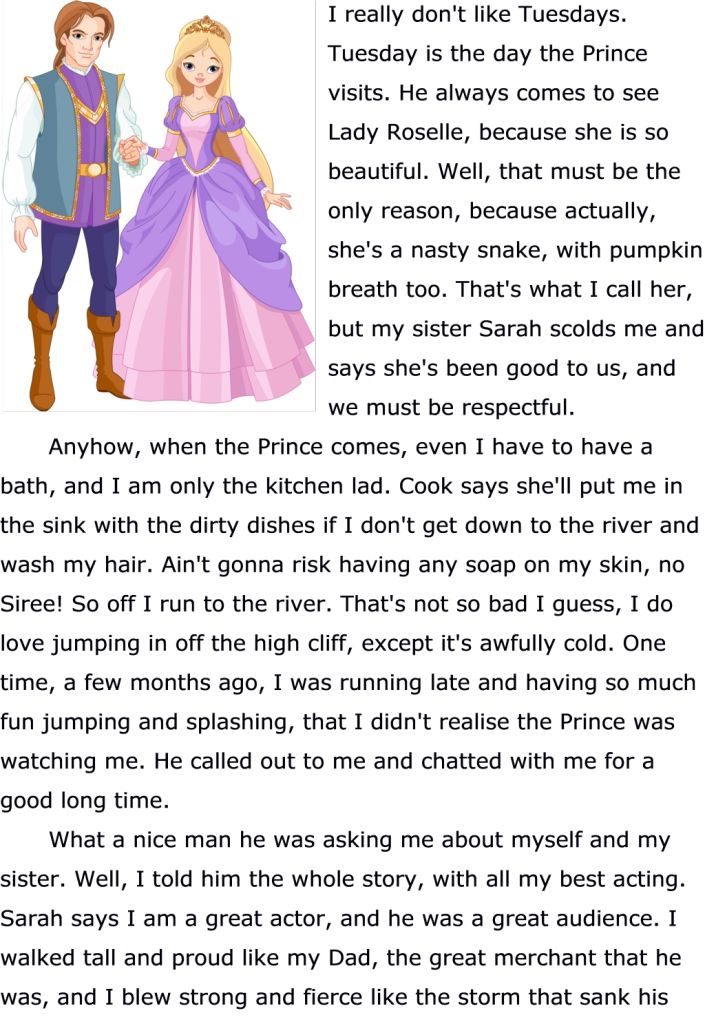 The first illustrations for the fairy tale were created by the author himself, but the black-and-white drawings of the cartoonist John Tenniel are considered canonical.
The first illustrations for the fairy tale were created by the author himself, but the black-and-white drawings of the cartoonist John Tenniel are considered canonical.
Moomintrolls (1945 - 1993)
Funny Moomin trolls and the whole Moomin Valley, inhabited by other extraordinary characters, were invented by the Finnish writer Tove Jansson. She also left dozens of drawings that clearly illustrate some of the adventures of the descendants of the Scandinavian trolls, and later drew comics about the Moomins. Books are imbued with goodness, humor and optimism, and some quotes want to be hung on the wall. For example, this one: "Everyone needs warmth and light, even Morra." There are many adaptations, including a series of Soviet puppet cartoons.
Chronicles of Narnia (1950 - 1956)
During the bombing of London in 1940, four Pevensie children are evacuated to the home of an old family friend. There, playing hide and seek, the younger girl Lucy hides in the Wardrobe and finds her way to Narnia, a magical land where animals can talk and magic is as natural as breathing. The cycle includes seven books published since 1950 to 1956. The stories contain Christian ideas. In the head of the author, Clive Lewis, it all began with images of a faun carrying an umbrella, a queen on a sleigh, and a magnificent lion.
Harry Potter (1997 - 2016)
The most famous modern fairy tale that managed to tear children away from TVs and computers and put them back to reading. And voluntarily and for a long time. Consists of seven parts, full of magical adventures that gradually become darker and more dangerous. It all starts with a boy named Harry, who one day finds out that he is a wizard. Then there will be years of study at the Hogwarts School of Witchcraft and Wizardry, the first flights on a broom, circulating potions, forays into the Forbidden Forest, dangerous magical competitions and a constant struggle with evil forces. Written by British writer JK Rowling. The first print run was only 1,000 copies. The total circulation of all books is more than 300 million copies. The most famous series of illustrations was created by the artist Jim Kay.
And voluntarily and for a long time. Consists of seven parts, full of magical adventures that gradually become darker and more dangerous. It all starts with a boy named Harry, who one day finds out that he is a wizard. Then there will be years of study at the Hogwarts School of Witchcraft and Wizardry, the first flights on a broom, circulating potions, forays into the Forbidden Forest, dangerous magical competitions and a constant struggle with evil forces. Written by British writer JK Rowling. The first print run was only 1,000 copies. The total circulation of all books is more than 300 million copies. The most famous series of illustrations was created by the artist Jim Kay.
Deniska stories (1959)
A book by the Soviet writer Viktor Dragunsky, which must be given to children.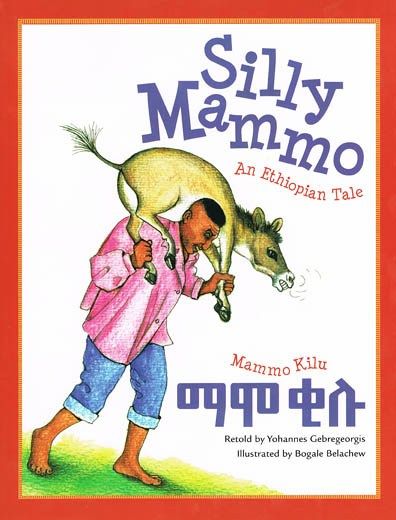 It was included in the list of "100 books for schoolchildren", but more importantly, the fact that it is hilariously funny. In the center of the story is the mischievous boy Denis, who constantly gets into funny situations: either he pours porridge on the head of a passerby, or he flies up under the dome of the circus. The action takes place in Moscow in the late 1950s. The prototype of the protagonist was the writer's son, and one of the stories mentions the birth of his younger sister Xenia. The book received more than a dozen adaptations in the 60s and 70s, and its audio version is impossible to listen to without giggling.
It was included in the list of "100 books for schoolchildren", but more importantly, the fact that it is hilariously funny. In the center of the story is the mischievous boy Denis, who constantly gets into funny situations: either he pours porridge on the head of a passerby, or he flies up under the dome of the circus. The action takes place in Moscow in the late 1950s. The prototype of the protagonist was the writer's son, and one of the stories mentions the birth of his younger sister Xenia. The book received more than a dozen adaptations in the 60s and 70s, and its audio version is impossible to listen to without giggling.
Charlie and the Chocolate Factory (1964)
A fairy tale story by the English writer Roald Dahl about a boy named Charlie Bucket.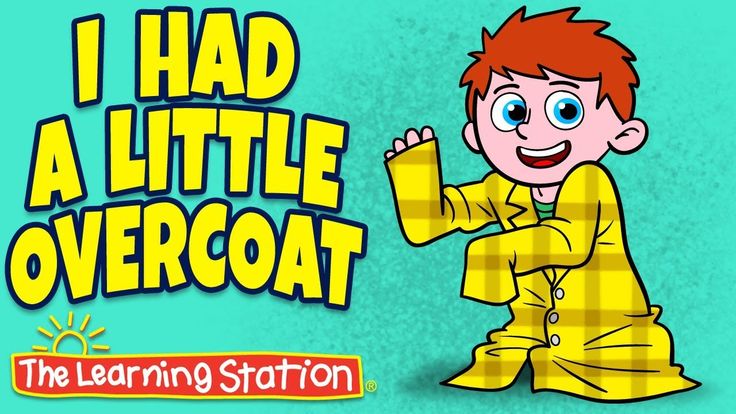 He lives in a tiny house on the outskirts, his family is so poor that Charlie can only get one chocolate bar a year - for his birthday. Everything changes when Charlie finds the Golden Ticket in one of Wonka's amazingly delicious chocolates and enters the Chocolate Factory of the eccentric confectioner Willy Wonka. The most famous film adaptation was made by director Tim Burton, the role of Willy Wonka was played by Johnny Depp. Dahl's children's books are distinguished by the presence of black humor, rudeness, unexpected endings and boundless fun - not only children, but also adults cannot be torn away.
He lives in a tiny house on the outskirts, his family is so poor that Charlie can only get one chocolate bar a year - for his birthday. Everything changes when Charlie finds the Golden Ticket in one of Wonka's amazingly delicious chocolates and enters the Chocolate Factory of the eccentric confectioner Willy Wonka. The most famous film adaptation was made by director Tim Burton, the role of Willy Wonka was played by Johnny Depp. Dahl's children's books are distinguished by the presence of black humor, rudeness, unexpected endings and boundless fun - not only children, but also adults cannot be torn away.
Peter Pan (1902-1904)
The story of a boy who did not want to grow up was invented by the Scottish playwright and novelist James Barry in the early 1900s. The literary basis is different from the widely known Disney cartoon. James Barry wrote two stories: in the first, Peter Pan escapes from the house through the chimney and flies away to Kensington Gardens, and in the second he meets Wendy and shows her Neverland. Later she wrote a play. The character was based on Michael Davis, one of the writer's five adopted children (he became the guardian of the five sons of his close friends when they died).
The literary basis is different from the widely known Disney cartoon. James Barry wrote two stories: in the first, Peter Pan escapes from the house through the chimney and flies away to Kensington Gardens, and in the second he meets Wendy and shows her Neverland. Later she wrote a play. The character was based on Michael Davis, one of the writer's five adopted children (he became the guardian of the five sons of his close friends when they died).
The Golden Key, or the Adventures of Pinocchio (1936)
First, the writer Alexei Nikolayevich Tolstoy, being in exile, undertook to translate the Italian fairy tale by Carlo Collodi about the adventures of Pinocchio. In the process, Tolstoy got carried away and created his own version of the original story: less moralistic, more adventurous and fun.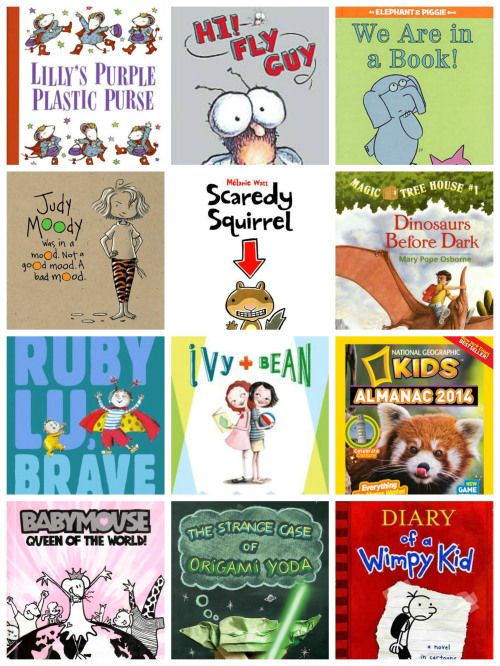 Tolstoy later wrote a play and a screenplay for the film. At first, the illustrations for the books were black and white, then colored watercolors. Subsequent editions have been illustrated by many famous artists in a variety of styles, including caricature sketches and abstractions. The fairy tale has several adaptations, the most famous version is directed by Leonid Nechaev (1975).
Tolstoy later wrote a play and a screenplay for the film. At first, the illustrations for the books were black and white, then colored watercolors. Subsequent editions have been illustrated by many famous artists in a variety of styles, including caricature sketches and abstractions. The fairy tale has several adaptations, the most famous version is directed by Leonid Nechaev (1975).
Old Man Hottabych (1938)
Soviet fairy tale by Lazar Lagin, published in three editions: 1938, 1953 and 1955. The further, the more ideologized and political the text becomes, anti-capitalist inserts and attacks against the United States appear. And in the original, this is a kind fairy tale about the pioneer Volka Kostylkov, who fished out an old jug from the Moscow River and released a genie. Based on the story, a feature film was made (1956).
Based on the story, a feature film was made (1956).
If you find a typo or error, select the text fragment containing it and press Ctrl + ↵
Select mailing list:
By clicking on the "Subscribe" button, you agree to the transfer and processing of the provided personal information in accordance with the terms of the Privacy Policy.
Subscribed
Thank you!
Contemporary children's stories • Arzamas
You have Javascript disabled. Please change your browser settings.
Children's room ArzamasMaterialsMaterials
Arzamas for classes with schoolchildren! A selection of materials for teachers and parents
Everything you can do in an online lesson or just for fun
Cartoons are festival winners.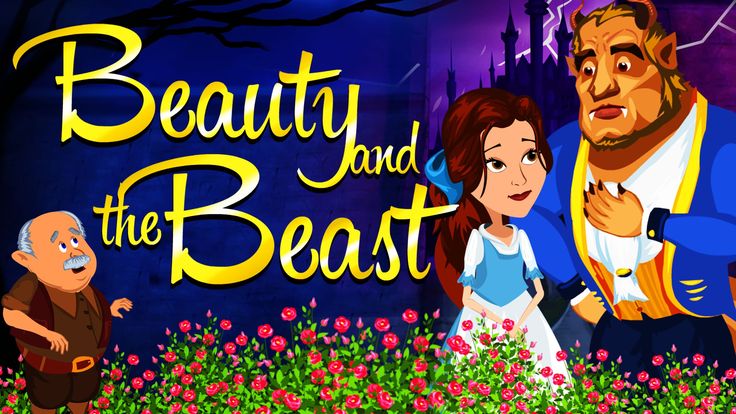 Part 2
Part 2
Tales, parables, experiments and absurdity
Guide to Yasnaya Polyana
Leo Tolstoy's favorite bench, greenhouse, stable and other places of the museum-estate of the writer, which are worth seeing with children boys named Petya
Migrants: how to fight for your rights with the help of music
Hip-hop, carnival, talking drums and other non-obvious ways
Old records: fairy tales of the peoples of the world
We listen and analyze the Japanese, Italian, Scandinavian and Russian fairy tales
Video: The ISS commander asks the scientist about space
Lecture at an altitude of 400 kilometers
How to make a film
Film of horrors, comedy and melodrama at home
The most unusual animation techniques
VR, sunbeams, jelly and spice cartoons
Play the world's percussion instruments
Learn how the gong, marimba and drum work and build your own orchestra
How to put a performance
shadows, reading and other home performance options for children
Soviet puzzles
Well-ups children's puzzles of the 1920-70s
22 22 cartoons for the smallest
What if you are not six
From "The Wild Dog Dingo" to "Timur and his team"
What you need to know about the main Soviet books for children and adolescents
A guide to children's poetry of the 20th century
From Agnia Barto to Mikhail Yasnov: children's poems in Russian
10 books by artists
The pages of tracing paper are a Milanese fog, and the binding is the border between reality and fantasy
How to choose a modern children's book
“Like Pippi, only about love”: explaining new books through old ones
Verbal games
"Hat", "telegrams", "MPS" and other old and new games
Games from classic books
What the heroes of the works of Nabokov, Lindgren and Milne play
Plasticine animation: Russian school
From "Plasticine Crow" to plasticine "Sausage"
Cartoons - winners of festivals
"Brave Mom", "My Strange Grandfather", "A Very Lonely Rooster" and others
Non-fiction for children
How the heart beats whale, what's inside the rocket and who plays the didgeridoo - 60 books about the world around
Guide to foreign popular music
200 artists, 20 genres and 1000 songs that will help you understand the music of the 1950s-2000s
Cartoons based on poems
Poems by Chukovsky, Kharms, Gippius and Yasnov in Russian animation
Home games
Shadow theater, crafts and paper dolls from children's books and magazines of the 19th–20th centuries
Books for the smallest
0 to 5: read, look at, study
Puppet animation: Russian school
Amorous Crow, Imp No. 13, Lyolya and Minka and other old and new cartoons
13, Lyolya and Minka and other old and new cartoons
Clever coloring books
Museums and libraries offer to paint their collections
Reprints and reprints of children's books
Favorite fairy tales, stories and magazines of the last century, which can be bought again
What can be heard in classical music by voices
3 cuckoos and night forest sounds in great compositions of the 18th–20th centuries
Soviet educational cartoons
Archimedes, dinosaurs, Antarctica and space — popular science cartoons in the USSR
Logic problems
Solve the wise men's dispute, make a bird out of a shirt and correctly count kittens
Modern children's stories
The best short stories about grandmothers, cats, spies and knights
why you can't lie down on the edge. Bonus: 5 lullabies by the Naadya group
Musical fairy tales
How Tchaikovsky, Rimsky-Korsakov and Prokofiev work with the plots of children's fairy tales
Armenian School of Animation
The most rebellious cartoons of the Soviet Union
Dina Goder’s collection of cartoons
The program director of the Big Cartoon Festival advises what to watch with a child
Cartoons about art
How to tell children about art
40 riddles about everything in the world
What burns without fire and who has a sieve in his nose: riddles from "Chizh", "Hedgehog" and books by Marshak and Chukovsky
Yard games
"Traffic light", "Stander", "Ringlet" and other games for a large company
Poems that are interesting to learn by heart
What to choose if you were asked to learn a poem about mother, New Year or autumn
Old audio performances for children
"Ole Lukoye", "The Gray Sheika", "Cinderella" and other interesting Soviet recordings
Cartoons with classical music
How animation works with the music of Tchaikovsky, Verdi and Glass
How children's rhymes work
"Ene, bene, raba, kvanter, manter, toad": what does it all mean
Short stories are one of the favorite children's genres: it's easy to read and follow the plot.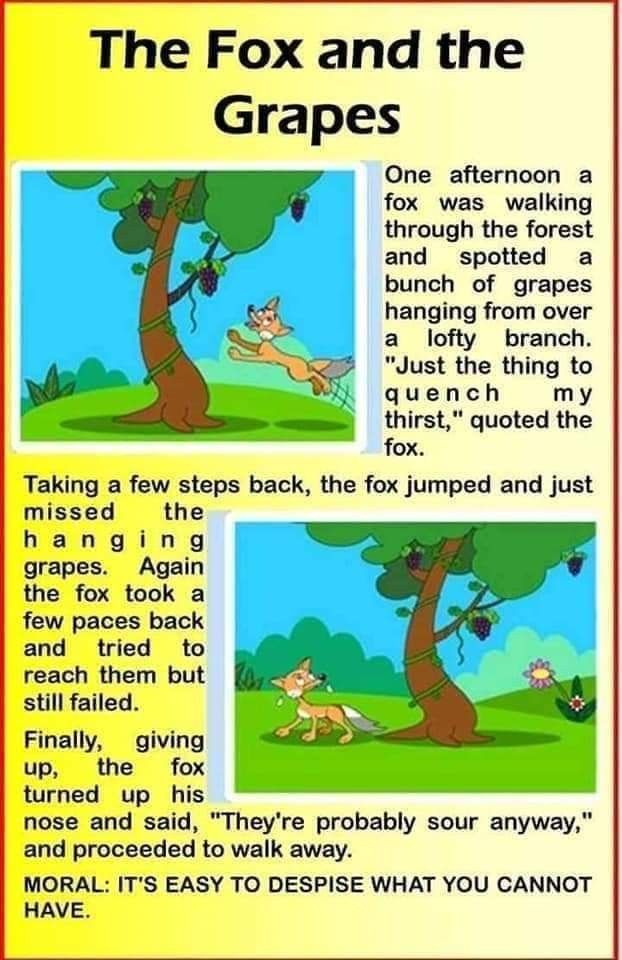 Arzamas chose the best collections of stories about everything in the world: grandmothers, losers, knights, spies, cats and hippos
Arzamas chose the best collections of stories about everything in the world: grandmothers, losers, knights, spies, cats and hippos
Author Lisa Birger
Sylvia Vanden Heyde. Fox and Bunny
0+. Translator Irina Trofimova. "Scooter". M., 2017
Stories about Fox and Bunny have been published in Holland since 1998: there are more than twenty books in total, five have been translated into Russian. As befits a book from the "I Read It Myself" series, here are very simple texts with short clear sentences, feasible for those who are just getting used to independent reading. Tae Tung Kin's illustrations are built into stories, they are placed several times on a page, and this creates the illusion of movement. And the book tells about the most important thing - about love and friendship. The fox loves the Bunny (and she is the Fox), the Owl loves the Pip-Pip chick, and no matter how difficult it is for them all sometimes with each other, love conquers everything.
Gudrun Mebs. "'Grandma!' Frieder shouts"
0+. Translator Vera Komarova. "Scooter". M., 2017
The German Gudrun Mebs became an actress at the age of 17, traveled all over the world with her theater troupe and successfully starred in television series until the age of forty, and in the 80s she began to write fairy tales and philosophical stories for children and became a popular writer. Her first book about Grandma and Frieder came out in 1984, her fourth in 2010, and all four are illustrated by Susanne Rotraut Berner, another great children's author. The main characters are the five-year-old tomboy Frieder and his incredibly patient grandmother. Each story is arranged in the same way: Frieder starts something, and then the grandmother deals with his ideas cheerfully and wisely. He wants to learn how to write - she makes him letters from dough, he wants to go on a picnic in the rain - she has a picnic at the bus stop. And this is again about love - more precisely, about the science of listening to and understanding another.
Bernard Friot. Impatient Stories
6+. Translator Asya Petrova. "Compass Guide". M., 2013
Before becoming a writer and publisher of children's books, the Frenchman Bernard Friaud worked at school for a long time and invented short stories with his students - they form the basis of five collections of Impatient Stories. Brief, absurd and meaningless at first glance, these stories represent the world through the eyes of a child, when everything needs to be turned upside down, rethought, and then, maybe, everything will become much better. Like in the story about the teacher who yelled so much at the children (“Quiet!”) that the students caught her, put her in a jar and calmly redid all her affairs while she, sitting in the jar, opened her mouth with indignation. Or about the boy who tidied up his room so well that he cleaned himself too, and his mother had to scatter everything back to find her son. A good reminder that the world is not always comprehended and measured by parental rules and that sometimes it can be understood only by turning it inside out.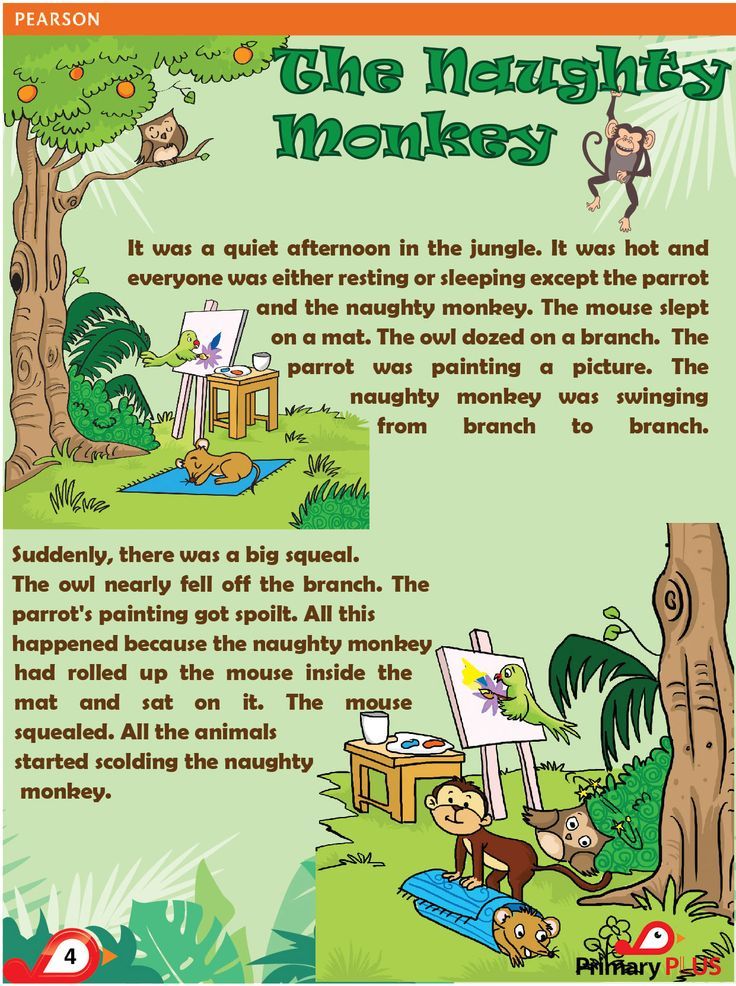
Christine Nöstlinger. "Stories about Franz"
0+. Translator Vera Komarova. "Compass Guide". M., 2017
Franz grows from book to book: in the first collection he is six, in the final, nineteenth, he is already nine. Each story (there are usually three or four of them in a book, ten pages each) is some recognizable situation from a child’s life, whether it’s waiting for gifts for Christmas or a trip to a summer camp, the first meeting with injustice or a sick stomach. As always in such stories with a sequel, it is very important what the hero is like. Franz is a charming, slightly unlucky, not at all ideal child who can both lie and be stupid. And that is why the stories about him are truly funny and instructive. Whatever Franz arranges, in whatever situation he finds himself, he will be supported by a large family and true friends, so here we are talking not only about growing up, but also about the fact that a small child should not be alone.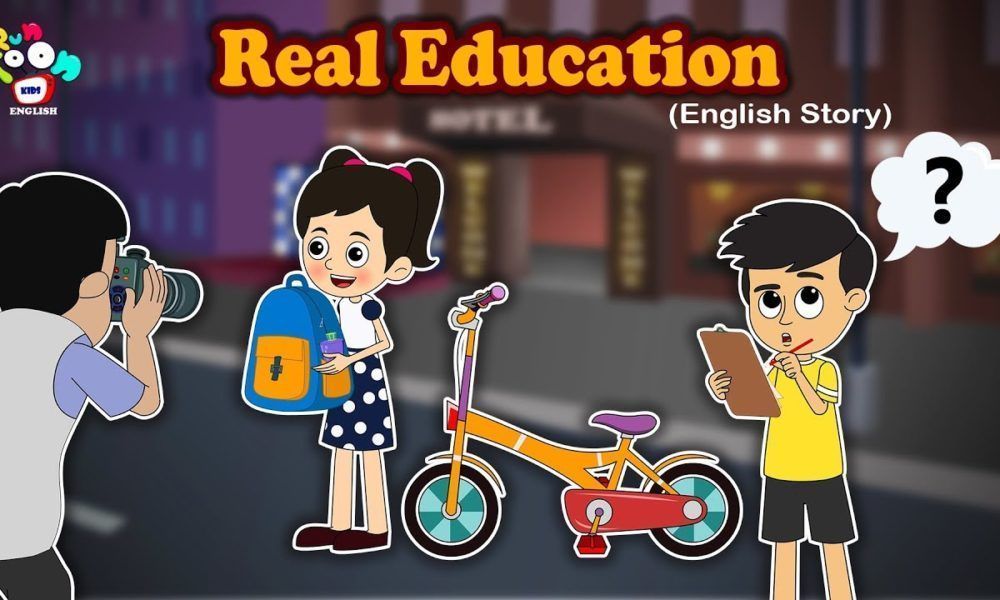
Jürg Schubiger. "Where does the sea lie?"
6+. Translator Elena Leenson. "Scooter". M., 2013
In the funny absurdist stories of the German writer Jürg Schubiger, something strange or nothing happens. The pigs ask the cows how they can get to the sea. The girl got caught in the rain on a bridge in Hamburg and thought: she herself got wet, but her name remained dry. The boy put on his pants and changed his mind because he was tired. The cow is in love with sorrel. The sun and the moon created the world so that there was a place to direct the rays. All these stories have one important feature in common: they invariably provoke mental effort, the need to feel someone else's sadness or love, to look at the world around, because in fact they are still real philosophical parables.
Anastasia Orlova. "I love walking on clouds"
6+. "Egmont". M., 2018
The wonderful children's poetess Anastasia Orlova wrote a series of short stories no longer than her cheerful children's poems.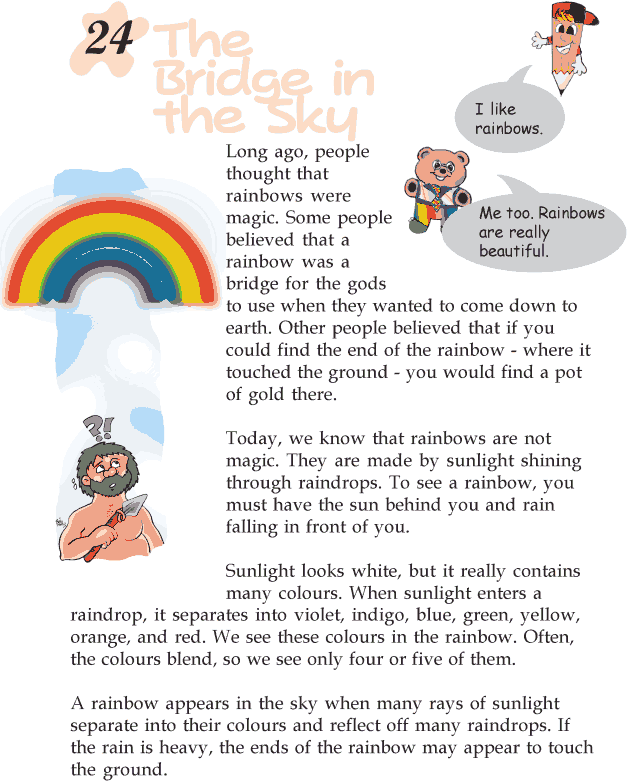 Orlova has a wonderful ability to turn any everyday things into a big event. Mom puts on makeup - an event, clouds are reflected in a puddle - an event, with my mother by the hand I went for a walk, stumbled and fell on the street - also a whole thing. He drank orange juice - there was a swamp in his stomach, there was a rustle in his ears - there the janitor was sweeping the leaves with a broom. Everything around the child turns out to be alive and important, even if only socks.
Orlova has a wonderful ability to turn any everyday things into a big event. Mom puts on makeup - an event, clouds are reflected in a puddle - an event, with my mother by the hand I went for a walk, stumbled and fell on the street - also a whole thing. He drank orange juice - there was a swamp in his stomach, there was a rustle in his ears - there the janitor was sweeping the leaves with a broom. Everything around the child turns out to be alive and important, even if only socks.
Socks
I am sitting in the morning, getting dressed. I take yesterday's socks, but they are dirty. And they smell somehow impolite - yesterday's puddle. And I rather went to wash my socks with strawberry soap.
Marie-Aude Muray. "Dutch without problems"
6+. Translator Marina Kadetova. "Scooter". M., 2014
Frenchwoman Marie-Aude Murail wrote her first stories for children at the turn of 1990s, and today in France she is already known as the author of several dozen books.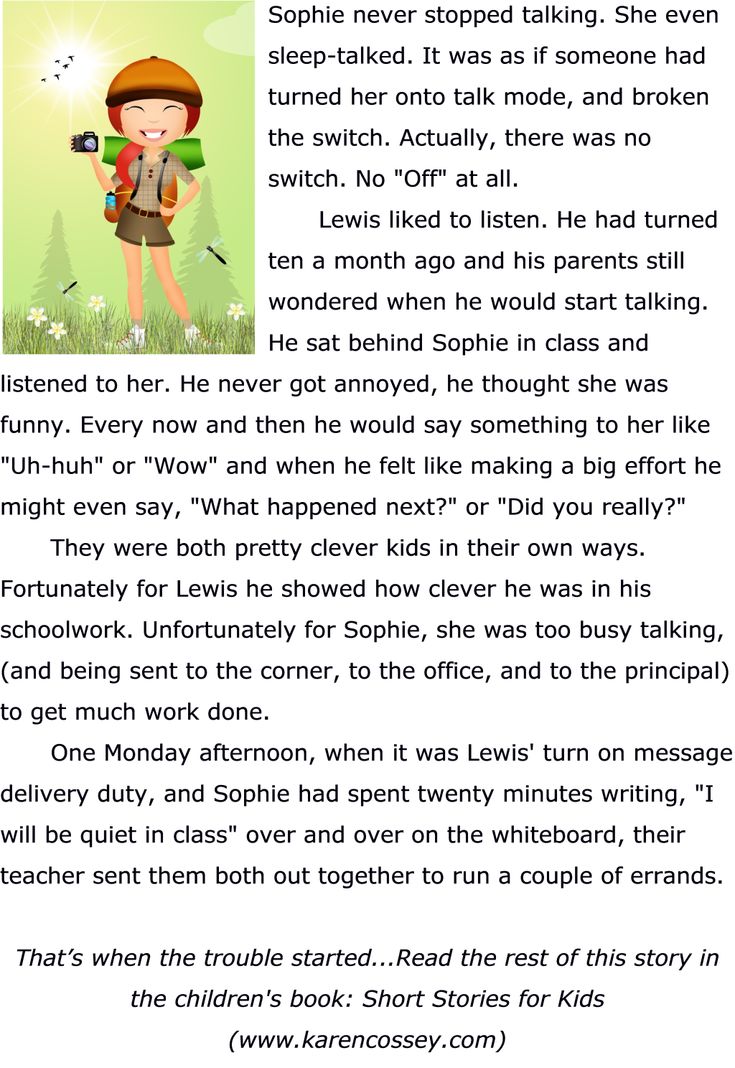 Her teenage novels "Umnik", "Oh, boy!" were published in Russian. and Miss Charity. "Dutch Without Problems" is a collection of three of her early stories. Short but very inspiring. In one, a boy who is sent to learn German for the summer invents his own language and speaks it well; in the second, two girls compare New Year's gifts; in the third, a father stays with his four sons for the weekend and does not cope very well with them. Everything seems to be simple, but each situation is in the treasury of the writer's favorite topic: all of us - both adults and children - need to learn to talk to each other, come up with the "Dutch" language again and again, which will help overcome misunderstanding.
Her teenage novels "Umnik", "Oh, boy!" were published in Russian. and Miss Charity. "Dutch Without Problems" is a collection of three of her early stories. Short but very inspiring. In one, a boy who is sent to learn German for the summer invents his own language and speaks it well; in the second, two girls compare New Year's gifts; in the third, a father stays with his four sons for the weekend and does not cope very well with them. Everything seems to be simple, but each situation is in the treasury of the writer's favorite topic: all of us - both adults and children - need to learn to talk to each other, come up with the "Dutch" language again and again, which will help overcome misunderstanding.
Xenia Dragunskaya. "Angels and Pioneers"
12+. "Time". M., 2018
In the new book by Xenia Dragunskaya, the confusion of Orthodoxy, patriotism and fear of the Unified State Examination, which the modern school has turned into, is very coolly conveyed. But the main thing is not how funny, with her signature absurdist humor, Dragunskaya plays up all this modern childhood life, but her willingness to offer an alternative - a family where they don’t scold for grades, robot schoolchildren ready to stand up for classmates, a grandfather who turns into watchdog to keep evil teachers out of the doorstep, the school where the writer teaches literature, and the sea captain teaches geography.
But the main thing is not how funny, with her signature absurdist humor, Dragunskaya plays up all this modern childhood life, but her willingness to offer an alternative - a family where they don’t scold for grades, robot schoolchildren ready to stand up for classmates, a grandfather who turns into watchdog to keep evil teachers out of the doorstep, the school where the writer teaches literature, and the sea captain teaches geography.
Maria Bershadskaya. "Big Little Girl"
0+. "Compass Guide". M., 2018
A happy example of a domestic book series for children - 12 stories (each story is a separate lavishly illustrated booklet) about the girl Zhenya, the most ordinary, but so tall that her mother has to stand on a stool to braid her pigtail. The metaphor here is understandable: maybe Zhenya looks quite big, but she is still growing inside, and Bershadskaya's stories are dedicated to this inner growth. 12 books is a year from Zhenya's life.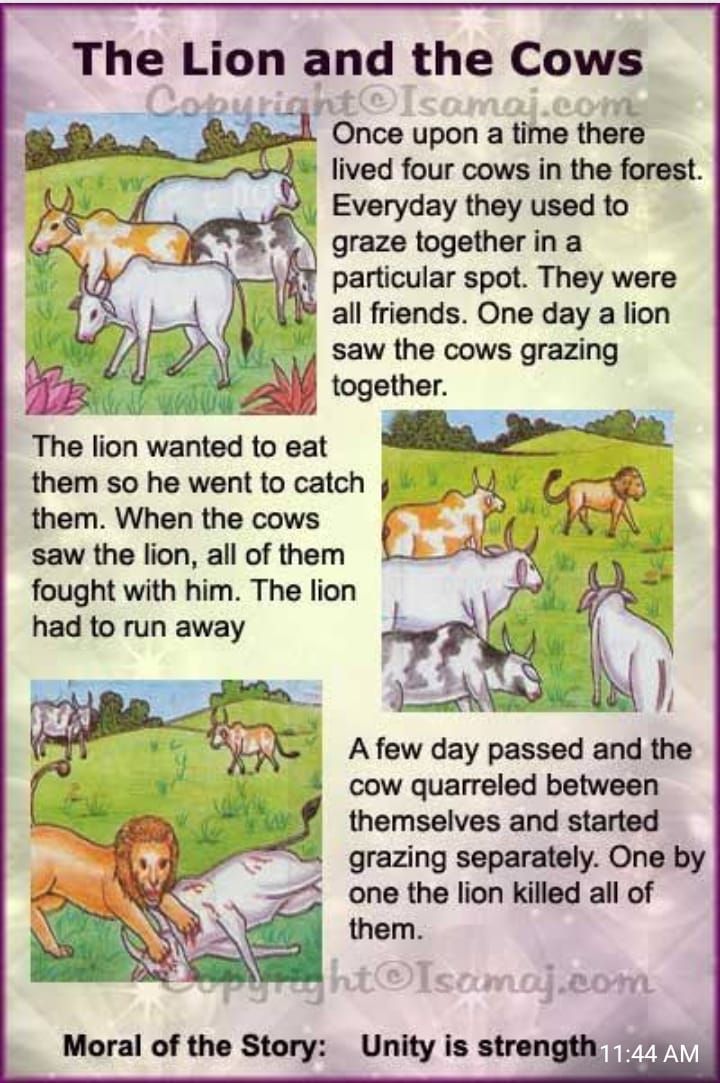 She bakes dad a birthday cake, walks her dog, goes to the village, waits for the New Year: the simplest things always turn into funny adventures. Or thoughts, including about very difficult things: is it possible to think about a holiday when grandfather is sick? Which way to roam if you are completely lost in the forest? And what if someone left a dog on the street?
She bakes dad a birthday cake, walks her dog, goes to the village, waits for the New Year: the simplest things always turn into funny adventures. Or thoughts, including about very difficult things: is it possible to think about a holiday when grandfather is sick? Which way to roam if you are completely lost in the forest? And what if someone left a dog on the street?
Stanislav Vostokov. "Don't feed or tease!"
6+. "Egmont". M., 2017
Stanislav Vostokov is a very talented writer and a true animal lover. He worked at the Moscow and Tashkent zoos, as well as at the Durrell Nature Conservation Center on the island of Jersey, participated in the construction of a rehabilitation center for gibbons in Cambodia ... But the point is not in a romantic biography, but in that special ironic-love intonation with which he writes his stories about animals and people. "Don't feed or tease!" - his most famous book, the stories of a Moscow Zoo attendant: short portraits, sketches of monkeys and capybaras, as well as hippos, which are not.
Where is the hippopotamus?
Visitors often ask:
— And where is your hippopotamus? Why is there no hippopotamus?
And there is no hippopotamus. And you begin to feel very uncomfortable about such an omission, as if you didn’t bring a hippopotamus from Africa.
Visitors shake their heads reproachfully:
- What are you looking at here if there is no hippopotamus? Not for monkeys.
— Why not monkeys? - you answer. — Just for monkeys. After all, some of them are also from Africa. And you probably saw a hippopotamus there!
Bart Muyart. "Brothers"
12+. Translator Irina Mikhailova. "Scooter". M., 2017
In Belgium, Bart Muyart is one of the most famous writers, author of more than forty books, winner of numerous awards. And so far only his Brothers, a collection of stories about childhood in Bruges in the late 1960s, have been translated into Russian. There are seven brothers, and they are tirelessly interested in everything in a row. Is it true that whistling in your ear is the echo of dancing on your future grave? How does the pipe help dad think? Is it possible to get sick if you put a bulb in your armpit? And did the king himself really drive in the royal car to give silver spoons to the youngest of the brothers? Time flows slowly in these stories, so that both the characters and the reader can look at the world around and find that everything in it is worth a separate story and full of meaning.
There are seven brothers, and they are tirelessly interested in everything in a row. Is it true that whistling in your ear is the echo of dancing on your future grave? How does the pipe help dad think? Is it possible to get sick if you put a bulb in your armpit? And did the king himself really drive in the royal car to give silver spoons to the youngest of the brothers? Time flows slowly in these stories, so that both the characters and the reader can look at the world around and find that everything in it is worth a separate story and full of meaning.
Viktor Lunin. "My Beast"
12+. "Bering". M., 2015
Viktor Lunin - poet, translator and writer, holder of the Andersen diploma for translations of children's poetry, author of the story "The Adventures of Butter Liza". “My Animal” are stories about animals that the author met at different moments in his life: an elk in the forest, a cat in the kitchen, a nightingale in the country - unpretentious, like drinking stories or family anecdotes.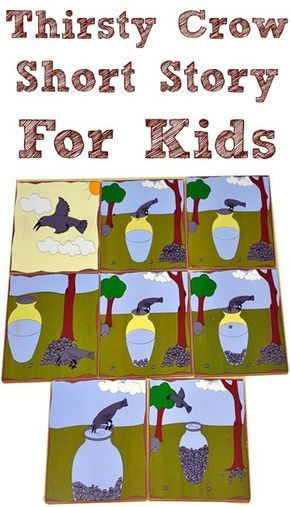 A simple, but surprisingly pleasant book in its unpretentiousness.
A simple, but surprisingly pleasant book in its unpretentiousness.
Asya Petrova. "Wolves on Parachutes"
12+. "Black River". St. Petersburg, 2017
Writing for teenagers is much more difficult than for middle schoolers, to whom most modern children's stories are addressed. Including because teenagers instantly and acutely feel falsehood. In this collection by Asya Petrova, honesty is almost overwhelming. The experiences of the maturing hero are conveyed with the utmost accuracy: these are stories about how you are afraid of death, how fantasies become larger than life, how difficult it is to trust another, how joy is inseparable from suffering, and it is always easier to believe in tragedy than in happiness. And in each story there is not insipid morality, but a life lesson, something that makes it possible to move on.
Artur Givargizov. "Control dictation and ancient Greek tragedy"
6+. Melik-Pashayev.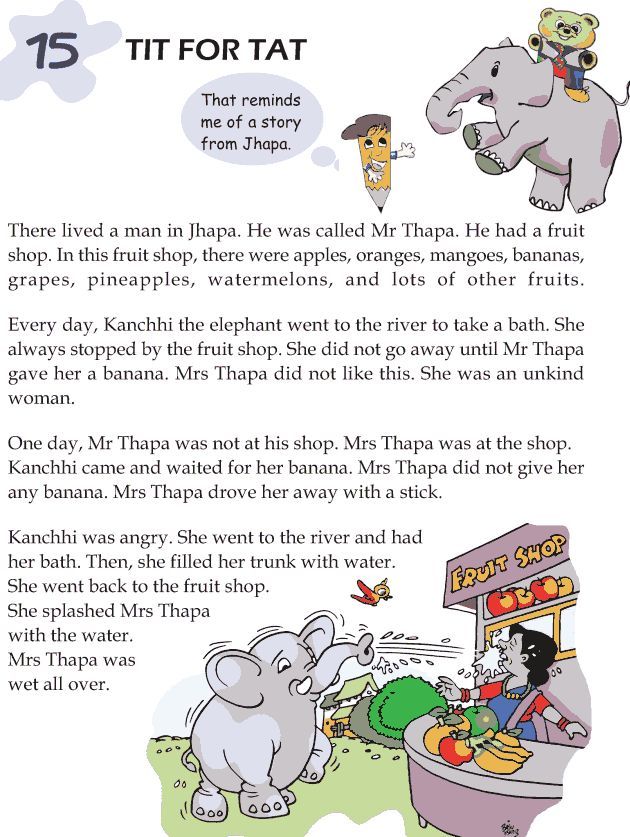 M., 2017
M., 2017
In fact, it is absolutely impossible to choose the best of Givargizov's books, because all of them are a cure for boredom and sadness. And the point is not only that they are easy to read and very funny (you start laughing from the very first pages). The reader, tormented by school, work, parents and other walking on the string, is here to arrange a real holiday of disobedience. This is liberating laughter, not knowing hierarchies, not striving for education and some kind of "pedagogy", which is already abundant everywhere. It is not surprising that Givargizov is especially good at books about the school: “Notes of an outstanding loser”, “Control dictation and an ancient Greek tragedy”, “Airplane flight according to notes”, “How the director of the school disappeared”. But kings and generals, and pirates, and pensioners, he also turns out to be very charming, not without weaknesses and with passions.
Irina Zartaiskaya. "The Best Age"
6+.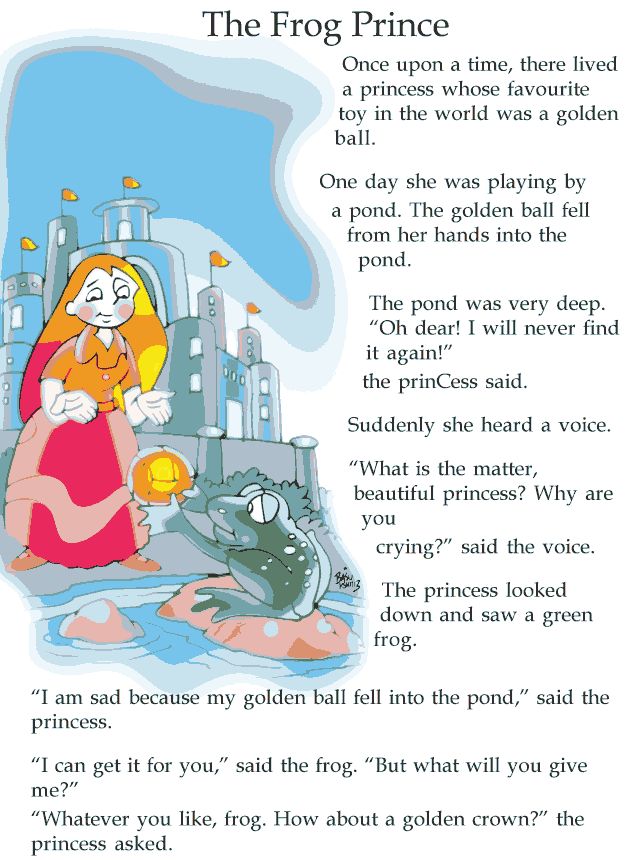 "Egmont". M., 2018
"Egmont". M., 2018
Irina Zartaiskaya's stories are ideal for parents who are worried about the pedagogical safety of children's reading: no hooligans go here, and the losers are somehow unconvincing, too cute. In fact, the author's school life is not so interesting, in her stories the main thing is the family. The most traditional: mom is always in the kitchen, and dad is at work. And in this immutability of all positions one can see the guarantee of the constancy of the world. Now you can play linguistic games in it (what if instead of breakfast there is today or yesterday?), argue with puddles and go to school in tights and T-shirts, because the content is more important than the form.
Mikhail Yesenovsky. "Main Spy Question"
0+. "Egmont". M., 2017
Writer and poet Mikhail Yesenovsky continued the absurdist tradition of Russian literature, using it for almost therapeutic purposes. In the "Main Spy Question", a very brave boy Yura enters into wonderfully funny dialogues with things that he is afraid of: a crocodile under the bed, a skeleton behind the curtain, a grandfather's portrait on the wall. And, of course, with the spy who tortures Yura with the main spy question: "Who do you love more - mom or dad?" Of course, laughter conquers fear, just like in the continuation of Tasty Yura, where the hero has his absurdist conversations with a fox and a jerboa who are going to eat him. And in "Angina Marina" Yura all the time gets sick with something, and even in rhyme:
And, of course, with the spy who tortures Yura with the main spy question: "Who do you love more - mom or dad?" Of course, laughter conquers fear, just like in the continuation of Tasty Yura, where the hero has his absurdist conversations with a fox and a jerboa who are going to eat him. And in "Angina Marina" Yura all the time gets sick with something, and even in rhyme:
"Sickly Yura is not full of health: he does not walk during the day, and does not sleep at night, and does not hear with his nose, and does not breathe with his ear, and shoots in the heel, and his neck creaks."
Nikolay Nazarkin. "Emerald fish. Mandarin Islands
6+. "Egmont". M., 2018
The subtitle of the book is "Ward Stories": these are stories about children for whom the hospital has become everyday life. The book is partly autobiographical: Nazarkin grew up with a diagnosis of hemophilia and was in the hospital much more often than at school. The inhabitants of the chambers dream of fishing, begging each other for sausages, exchanging toys, weaving fish from filters for droppers, and the real trouble here is when brilliant green disappeared from the chamber and the fish from the filters cannot be painted emerald green. Nazarkin does not embellish hospital life, namely that he does not see tragedy in it. More precisely, he is not interested in tragedy: everyday droppers, ECG, rounds of doctors and waiting for parcels from home become only the background for a strong boyish friendship. It’s just that these boys are real knights, and “a knight must look his fate in the eye.”
The inhabitants of the chambers dream of fishing, begging each other for sausages, exchanging toys, weaving fish from filters for droppers, and the real trouble here is when brilliant green disappeared from the chamber and the fish from the filters cannot be painted emerald green. Nazarkin does not embellish hospital life, namely that he does not see tragedy in it. More precisely, he is not interested in tragedy: everyday droppers, ECG, rounds of doctors and waiting for parcels from home become only the background for a strong boyish friendship. It’s just that these boys are real knights, and “a knight must look his fate in the eye.”
Sergey Georgiev. Lilac Hippo Tamer
0+. "Egmont". M., 2017
For many happy years in children's literature, the writer Sergei Georgiev has polished his stories to absolute brevity. Some literally consist of one line: "Remember: a horse in apples is not a culinary recipe." And not only linguistic virtuosity is impressive, but the ability to create a three-dimensional picture with one movement. A few phrases - and you see a fifth grader meowing in a music lesson, or a third grader looking at a chocolate candy under a magnifying glass to make it bigger. These stories can be told like jokes, but their main task is to make the gears of even the laziest fantasy turn rapidly.
A few phrases - and you see a fifth grader meowing in a music lesson, or a third grader looking at a chocolate candy under a magnifying glass to make it bigger. These stories can be told like jokes, but their main task is to make the gears of even the laziest fantasy turn rapidly.
Oleg Kurguzov. "Our cat is an alien"
0+. "Egmont". M., 2017
For his first book of short stories, The Sun on the Ceiling. Stories of a Little Boy”, published in 1997, Oleg Kurguzov received the Janusz Korczak International Prize. From the late 1980s, he was the editor of children's publications: from the magazine "Tram" to the newspaper "Little Cart" invented by him. In 2003, his last book, Our Cat Is an Alien, was published, and in 2004 Kurguzov passed away. And what a pity that he did not live to see the current flourishing of children's literature! "Our Cat Is an Alien" is a book about a family in which everything is unusual: a father flies and crawls with his son, a goat turns into a dog, and a horse comes to visit for cleaning.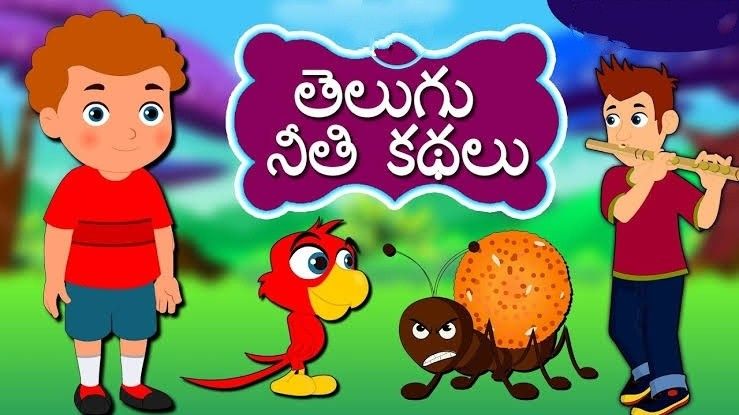 And also a book about love, because this strange family, together with the cat, is an example of complete harmony.
And also a book about love, because this strange family, together with the cat, is an example of complete harmony.
Sergei Makhotin. Grunt Virus
6+. "Detgiz". M., 2014
Sergei Makhotin - the author of novels, poems, stories, historical novels - in 2011 became the winner of the Korney Chukovsky Prize "for outstanding creative achievements in Russian children's literature." The Grunt Virus itself received the Scarlet Sails Award and the Andersen International Diploma, and yet finding this book is not at all easy - but definitely worth it. "Grumbling Virus" is the stories of the inhabitants of one house, inspired, according to the author, by his childhood in St. Petersburg. The stories in the collection are both fabulous - for example, about a hairdresser who bewitched a girl's pigtails, so that whoever pulls them immediately decreases - and piercingly realistic. For example, about two classmates who were sent to visit a third one, but it turned out that he did not get sick, but went to Boston, and left a grandmother, a skinny cat on a branch outside the window, and a dreary feeling of broken conversations. Makhotin is better than many at showing that life can be both surprisingly easy and strangely sad at the same time.
Makhotin is better than many at showing that life can be both surprisingly easy and strangely sad at the same time.
Alexander Blinov. "The House That Went"
12+. "Scooter". M., 2018
Alexander Blinov is a graphic artist, architect and aircraft designer who started writing stories for children just a few years ago. Blinov already has six wonderful books, and in all of them - be it fairy tales, like in The Moon Who Loved Eclairs, or autobiographical stories, like in Pure Lies - some incredible liberty is felt. There are no borders, no tightness and wear, full of tramcars, inside of which a seven-story house can fit, suddenly thinking of going on a hiking trip. Paris - Berlin - Vienna - Rome and everywhere else. But in the end, the house still returns, having escaped from Hollywood to the Novoye Khodilovo microdistrict. In these stories, Blinov perfectly managed to convey the feeling of a man of the world, equally his own in Italy and Israel, and equally frivolously alien.




